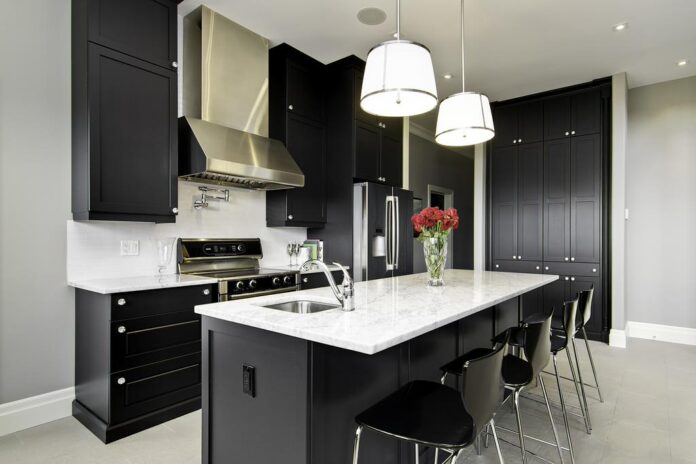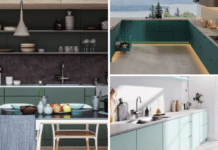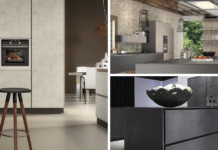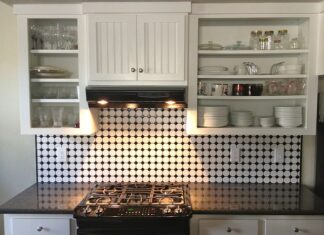You’ve installed your new cabinets, and they look great. You hope they’ll last a lifetime or not go out of style anytime soon.
You know that wood reacts to environmental factors like moisture, temperature, and light. Most importantly, humidity may have a profound effect on wood. Controlling the elements is important.
An average temperature of 70 degrees is recommended as ideal for wood products, placing moisture in the air at approximately 25 – 55%. As the humidity in a room rises, wood will absorb moisture and expand.
On the other hand, it loses moisture and contracts as relative humidity decreases. This natural manipulation of hardwoods may be observed by fine stress lines at the joints, visible particularly on painted finishes. These are natural occurrences and nothing to be alarmed about.
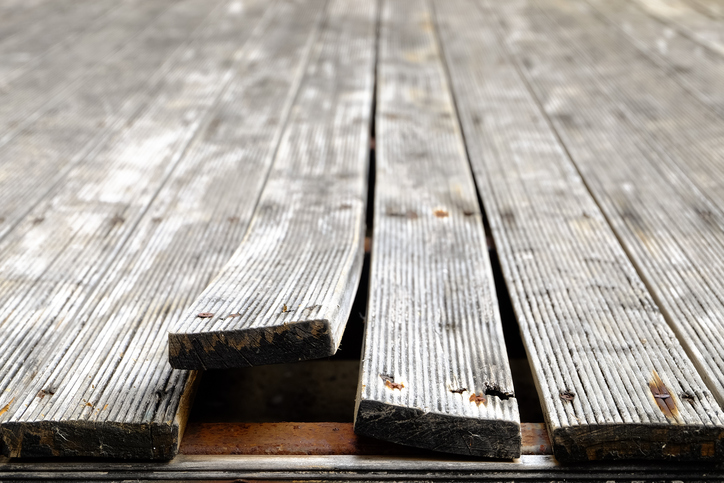
However, if the humidity in an environment exceeds 55%, wood will expand too far, to the point of “wood failure.” Splits and cracks will emerge, and the joints will separate.
Meanwhile, light exposure will cause the gradual fading of the finish – a process that will occur even faster with direct sunlight as the culprit behind the expedited aging.
Natural wear will also appear on the doorknob or handles, primarily from the oils and chemicals from our skin. Over time, this will cause the hardware finish to deteriorate.
So, when it comes to doing our best to maintain our cabinets, there are a couple of things to understand that probably don’t even need mentioning.
Some Tips on How to Take Care of Your Kitchen Cabinets
Keep them dry and protect them from liquids. Do not use abrasive cleaners or pads, especially on laminate surfaces where scratches can be irreparable.
Remembering the basics, you’ll want to clean your cabinets twice a year.
Cabinet with Stained Finishes
For stained finishes, grab a soft cloth and some mild, soapy water, apply it to the surface, and wipe away the accumulated dirt and grease. A similar formula requires mixing two cups of water with two teaspoons of liquid detergent in a spray bottle.
Immediately rinse with a clean fabric before quickly drying with a soft cloth. Use some pressure, but avoid being too forceful, as this could compromise the consistency of the finish. Avoid harsh detergents, strong soaps, or liquid wax cleaners with dirt-cutting agents.
If the kitchen cabinets have lost their luster, you can wax them with a quality paste. Be mindful that waxing is practically never needed for stained wood kitchen cabinets, but if necessary, start with a small area to be certain of the effect.
Ensure you NEVER use wax on opaque, painted, or matte finishes. For those, all you need is a clean cloth and a gentle soapy solution. Rinse with a wet cloth and dry immediately.
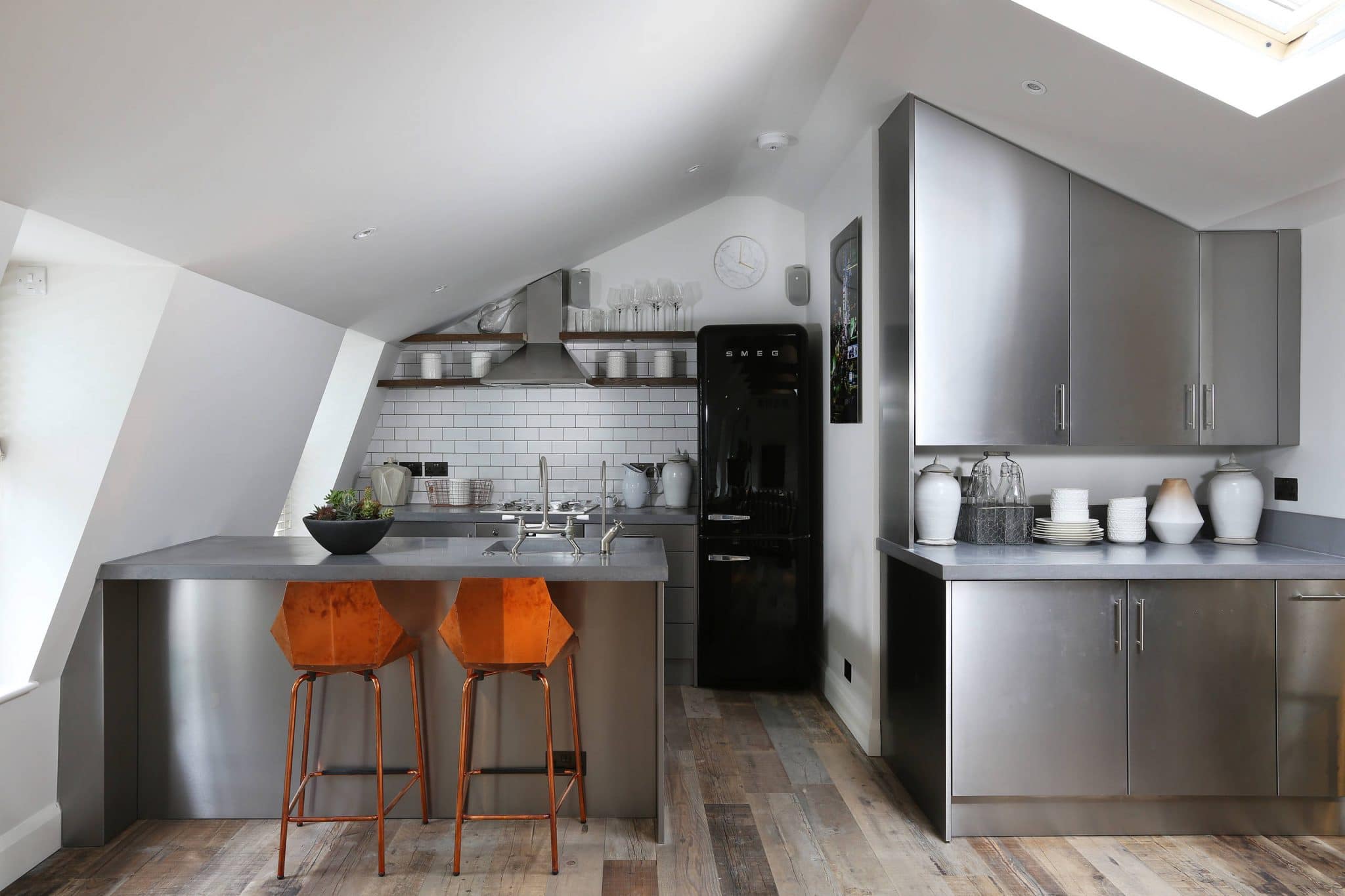
Stainless Steel Cabinets
If you are among the rare few who have stainless steel cabinets in your home, simply follow the instructions on the labels of your cleaners. Steer clear of acids, solvents, or abrasive cleaners—they will damage the surface and adversely affect the appearance.
Plastic Laminate Cabinets
The soapy water solution and procedure are again applied for plastic laminate cabinets. For tough spots, use a grease-cutting agent. Rinse and dry as mentioned previously.
If you have a flurry of oily fingerprint impressions, have no fear. Yup, it is the same process, and be certain to buff in the direction of the grain, pattern, or texture.
Dealing with Cabinet Hinges
Lastly, you only have the hinges to deal with, and you have to lubricate them once or twice a year, depending on the need. You’ll extend their life and get their best performance using white lithium spray grease. And if the screws loosen, be sure to tighten them as needed.
When following these instructions, apply the right solution to the corresponding surface. These are general tips, and results may vary depending on what you’re working with. One thing is certain – properly maintaining your kitchen cabinets can ensure a lifetime of carefree use.

